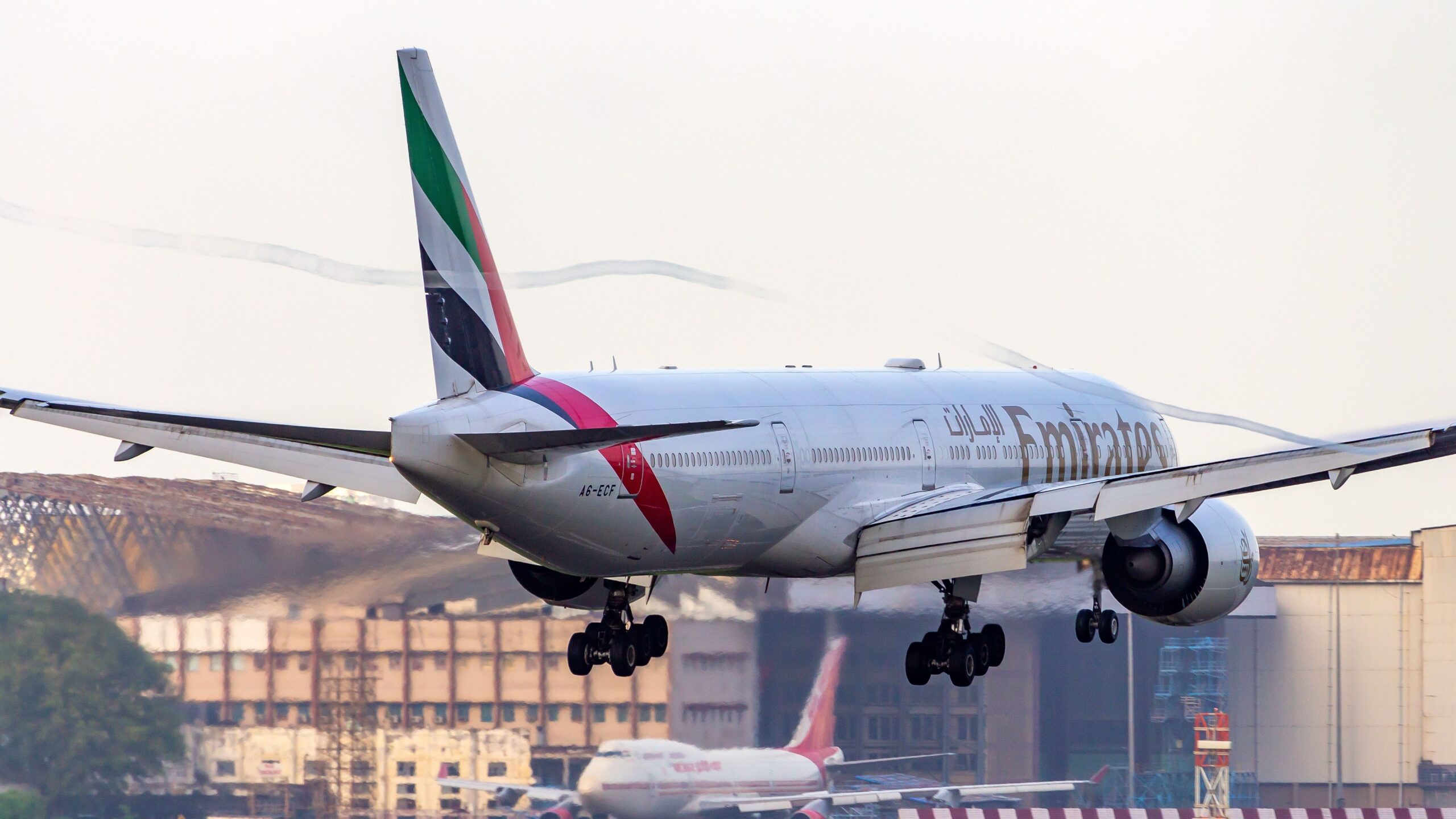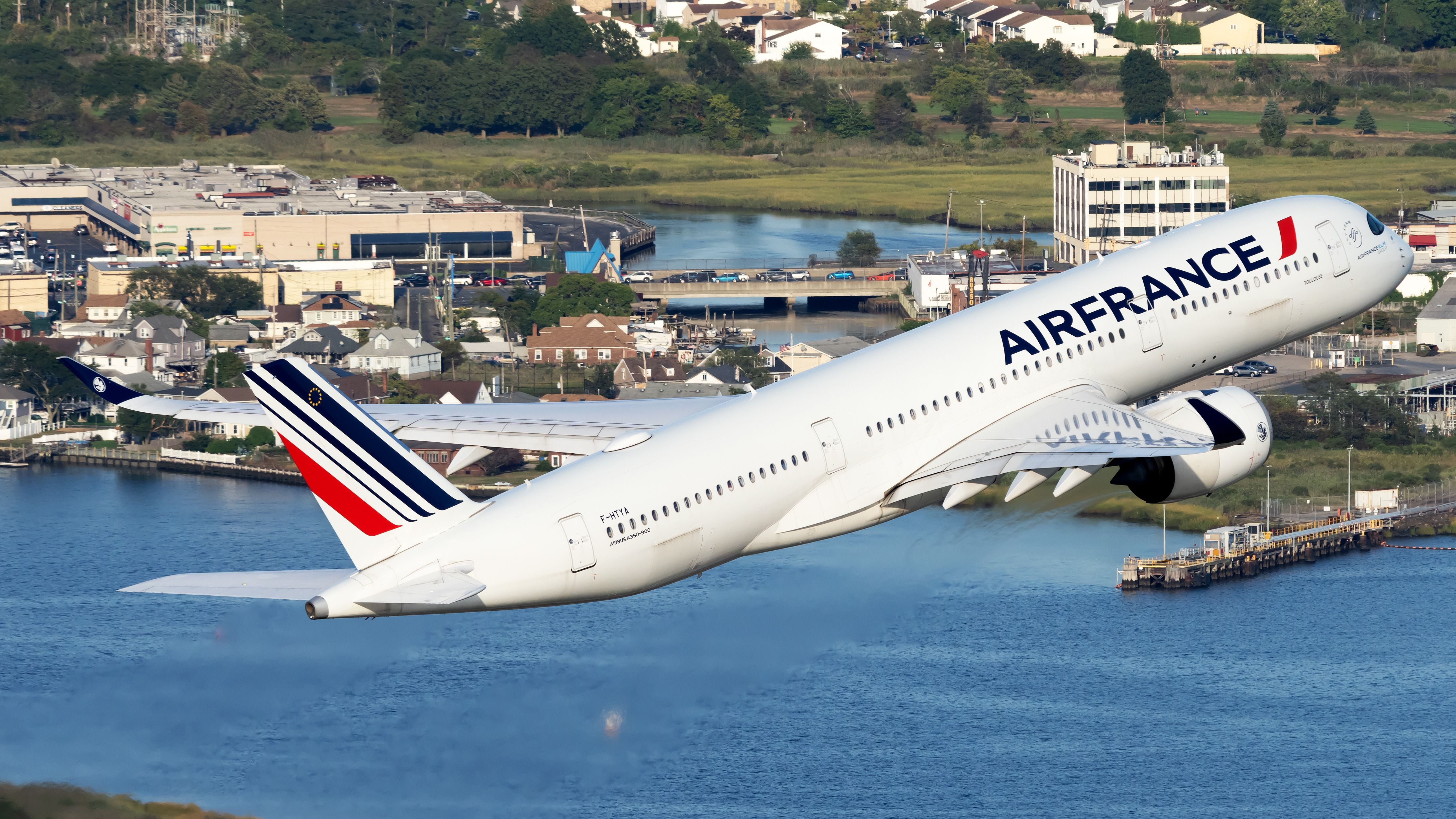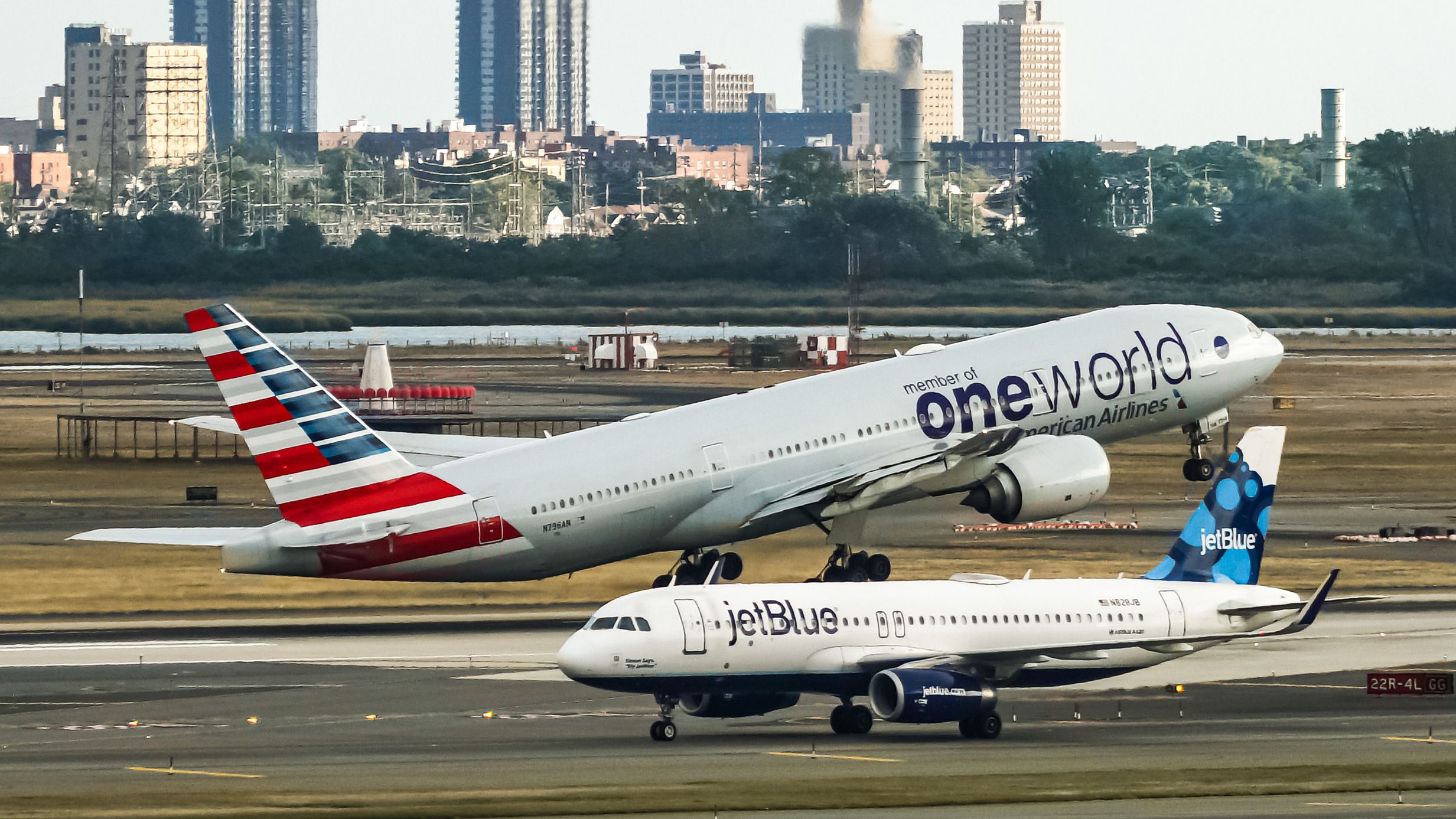Summary
- Profitable growth is evident in the airline industry as passenger demand continues to rise significantly.
- International demand is outpacing domestic demand, leading to increased load factors and improved operations.
- Sustainability is a key focus for airlines as they aim to achieve net-zero carbon emissions by 2050 to maintain customer acceptance.
This weekend, the leaders of the world’s airlines are assembling in Dubai for the IATA General Meeting, and after 36 consecutive months of growing passenger demand, it’s highly likely it will be a confident and happy time for everyone. The mood will be buoyed by a survey that reveals the world’s airlines are delivering a satisfactory experience to 97% of their passengers, a vast improvement over the early post-pandemic period.
Profitable growth is the outcome
The International Air Transport Association (IATA) April traffic report shows that global passenger demand, as measured by revenue passenger kilometers (RPKs), grew 11% year-on-year. A feature of the recovery has been the way airlines have managed the balance between returning capacity and keeping loads high as they scramble to return some profitability to their operations.
Photo: Vincenzo Pace I Simple Flying
IATA’s report demonstrates that aspect well, as in April, the number of available seat kilometers (ASKs) grew by 9.6%. With demand outstripping supply, the passenger load factor increased to 82.4%, a one percentage point improvement compared to April 2023. Of the world’s regions, Europe had the highest load factor of 83.8%, followed by North America (83.0%), Asia-Pacific (82.4%), Latin America (82.2%), Middle East (79.2%) and Africa (73.4%).
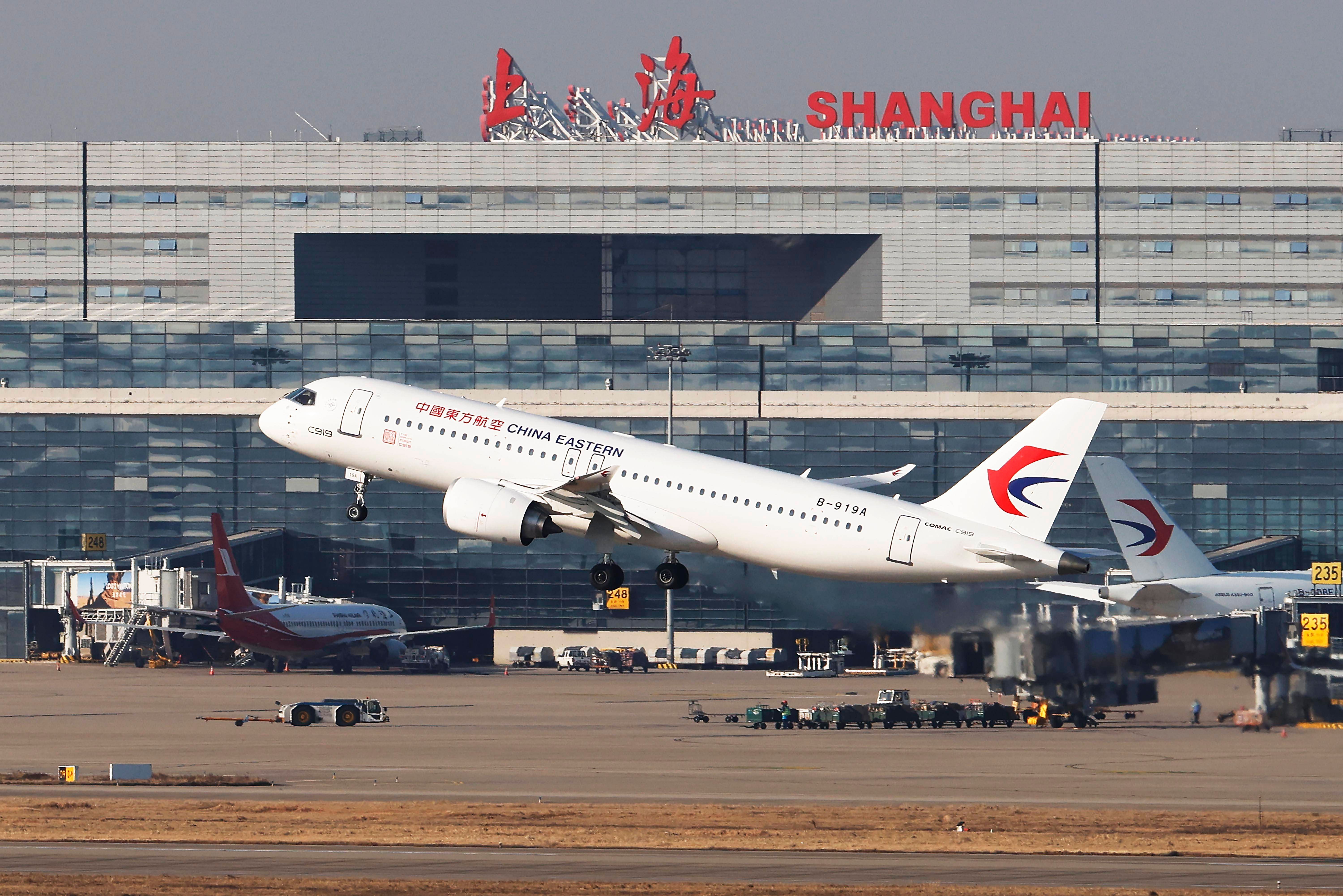
Related
IATA’s Walsh Optimistic About Airline Prospects In 2024
With Asia-Pacific steaming ahead, the world’s airlines fully recovered passenger traffic to pre-COVID levels in February.
With a slower start to the recovery, it was unsurprising to see international demand growing ahead of domestic demand in April, with international RPKs up by 15.8% year-on-year, compared to domestic growth of 4.0%. International capacity grew by 14.8%, pushing the load factor up to 82.2%, a 0.7% percentage point gain, while domestic capacity grew by 2.1%, and the load factor increased by 1.5 percentage points to 82.6%.
Sustainability is vital for airlines
IATA Director General Willie Walsh said that as the industry enters the peak northern summer season, there is every reason for airlines to be optimistic. IATA’s recent Passenger Survey revealed that 97% of passengers reported they were satisfied with their last flight, and 88% agreed that “air travel makes my life better,” prompting Walsh to add that every part of the travel value chain needs to be focused on maintaining that.
“That’s an important motivation as our members gather for the IATA Annual General Meeting and World Air Transport Summit in Dubai. This strong endorsement of the power of air connectivity to transform lives and boost economies brings with it a challenge that will be on the minds of all attending. It is critically important that we achieve net-zero carbon emissions by 2050 so that people can continue to rely on all the benefits of air travel.”
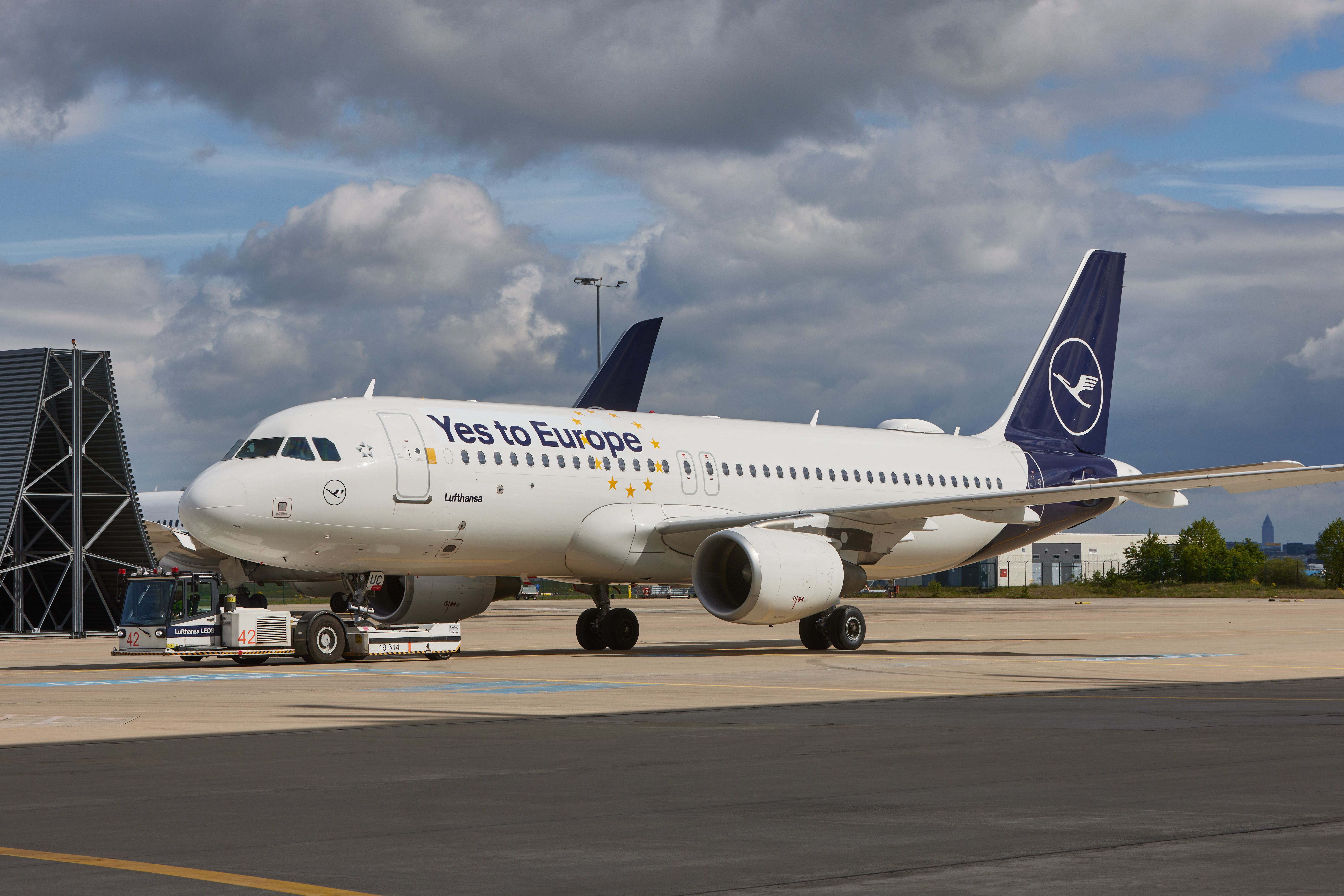
Related
IATA’s Walsh Slams Germany’s Unhealthy Obsession With Aviation Taxes
Germany has significantly increased passenger aviation taxes and IATA has hit back by accusing it of hampering the industry’s decarbonization.
The IATA Passenger Survey was conducted between March 29 and April 14, 2024, surveying 6,500 passengers who had used air travel in the last 12 months. It included responses from air travelers in Australia, Canada, Chile, France, Germany, India, Japan, Singapore, the United Arab Emirates, the United Kingdom, the United States, the Netherlands, Indonesia, Spain and China.
Photo: NYC Russ | Shutterstock
Total global market shares (RPKs) for 2023 were Asia-Pacific 31.7%, Europe 27.1%, North America 24.2%, Middle East 9.4%, Latin America 5.5% and Africa 2.1%. Asia-Pacific airlines are the fastest growing, with a 32.1% YOY increase, with traffic from the Middle East and Africa to Asia particularly strong in April.
Domestic RPKs accounted for 39.9% of global demand in 2023, and the six domestic markets IATA reports on account for 31.4% of global RPKs. Those regions and their share of global demand are the United States (15.4%), China (11.2%), India (1.8%), Brazil (1.2%), Japan (1.1%) and Australia (0.8%).
Are you satisfied with the airline’s performance? Let us know in the comments.

